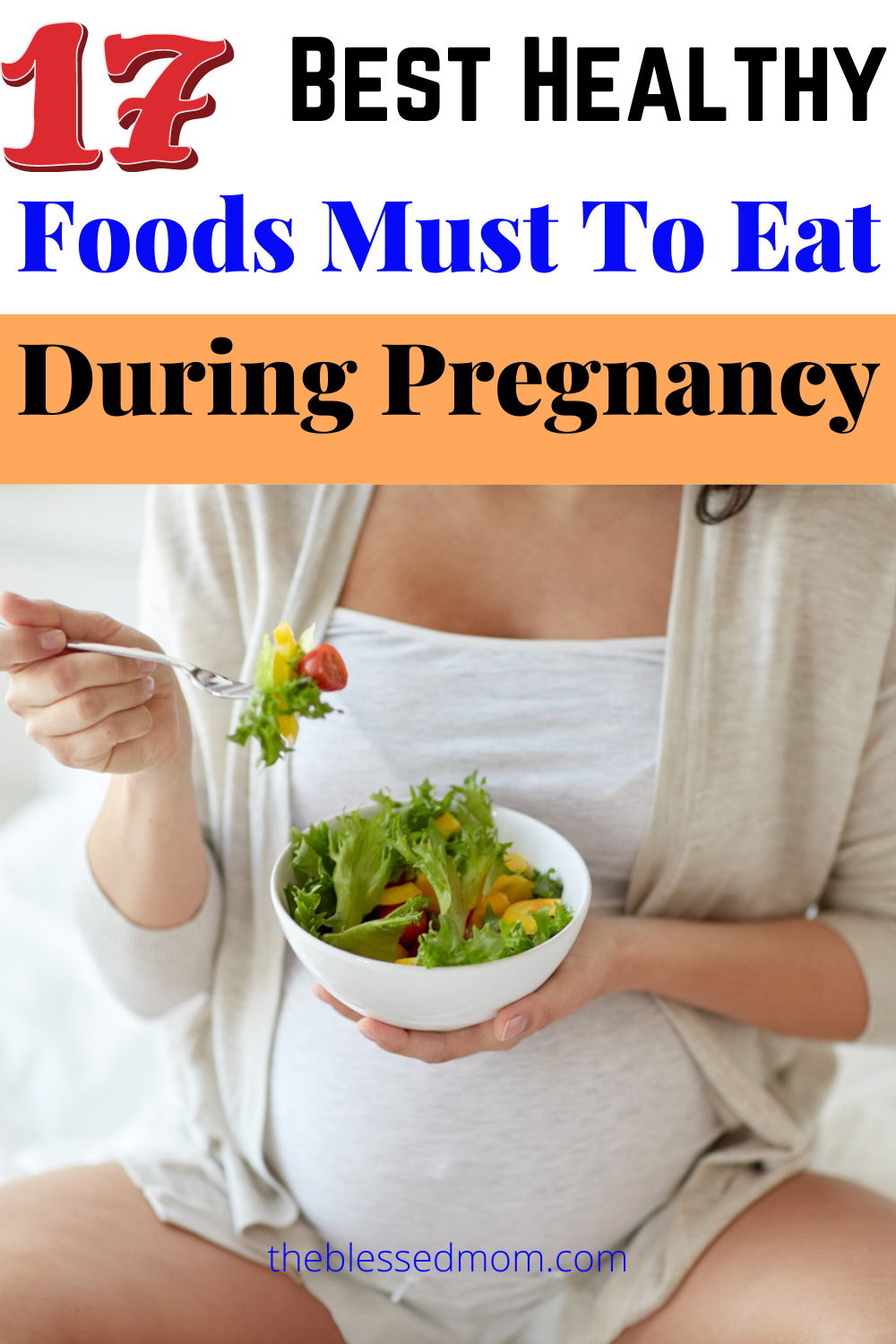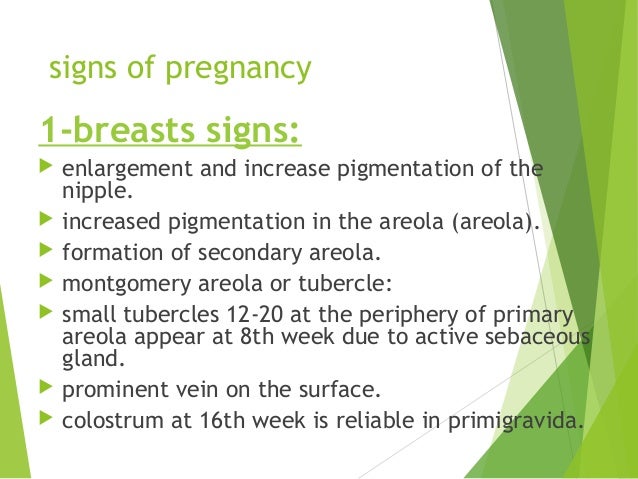

Opt for bras that easily adjust to size changes, or consider buying several bras in multiple sizes. Keep in mind that your breasts will continue to get larger and heavier as your pregnancy progresses, and larger again once your milk supply comes in. You will probably be ready to start shopping for larger-sized bras as early as the end of your first trimester, if not before.Ĭomfort, support, and ease of use are all important factors to consider when choosing pregnancy and nursing bras. These changes don’t indicate what your milk supply will be like or your ability to nurse. No matter what your current breast size, your breasts will grow and change during pregnancy and breastfeeding. Pads are available in either disposable or environmentally-friendly reusable varieties. Try inserting nursing pads into your bra to absorb milk and prevent stains or wet spots from seeping through to your clothing. Leakage can be uncomfortable during pregnancy. Every woman’s body responds differently to pregnancy. If you don’t leak colostrum during pregnancy, that doesn’t mean that you’ll have a low supply of breast milk, either. Don’t be concerned that you are “using up” your baby’s colostrum if you do leak. You may leak colostrum during pregnancy, although not all pregnant women experience leakage. It’s thicker, darker, and stickier than the breast milk you will express in greater amounts once colostrum production stops.
#AREOLAS DURING PREGNANCY FULL#
Colostrum is nutrition-dense and full of antibodies.
#AREOLAS DURING PREGNANCY SKIN#
If you have darker areas or patches of skin that look uneven, it’s easy to cover these up with a bit of concealer or foundation if you’re self-conscious about it.Your breasts will continue to make colostrum for a short period of time after your baby’s birth. Using gentle skincare products that minimize irritation can also help prevent your darker skin from becoming inflamed, which may make it look even darker. Wear broad-spectrum sunscreen on a daily basis and be sure to cover up when you spend long periods of time outdoors. You can’t prevent your body from making more melanin during pregnancy, but staying out of the sun can help keep your skin from becoming darker, as sun exposure can intensify these changes in pigment. However, some women may find that these areas remain a little darker than they once were-especially when it comes to your areolas and nipples. Most of the color changes that occur while you’re pregnant will fade a few months after delivery. Read more: Is it true that all babies are born with blue eyes? Is it permanent? Some women-particularly those with darker skin to begin with-can also experience discoloration on the upper lip, nose, cheekbones and forehead. Other areas can get darker too, like the skin around your genitals or parts of your skin that are often exposed to friction, like your armpits or inner thighs. With more melanin being made, your skin can get darker-particularly in areas where there’s already more pigment, like your areolas, freckles, and scars.

This is the naturally occurring substance that gives pigment to your hair, eyes and skin.

These hormones stimulate a temporary increase in the amount of melanin your body produces.

Why do nipples get darker during pregnancy?Īs usual, it’s pregnancy hormones that are responsible for these changes in the color of your skin. But it’s totally normal for nipples to get darker during a pregnancy-here’s why. If you’re used to having pink areolas, this may come as a surprise. In addition, you may find that your nipples are looking a bit darker than usual. You probably know that your breasts are going to get a bit fuller during pregnancy, but did you know that they can experience other changes as well? Your nipples might get larger, they might feel a bit more tender than usual, and they might even start leaking colostrum before delivery.


 0 kommentar(er)
0 kommentar(er)
